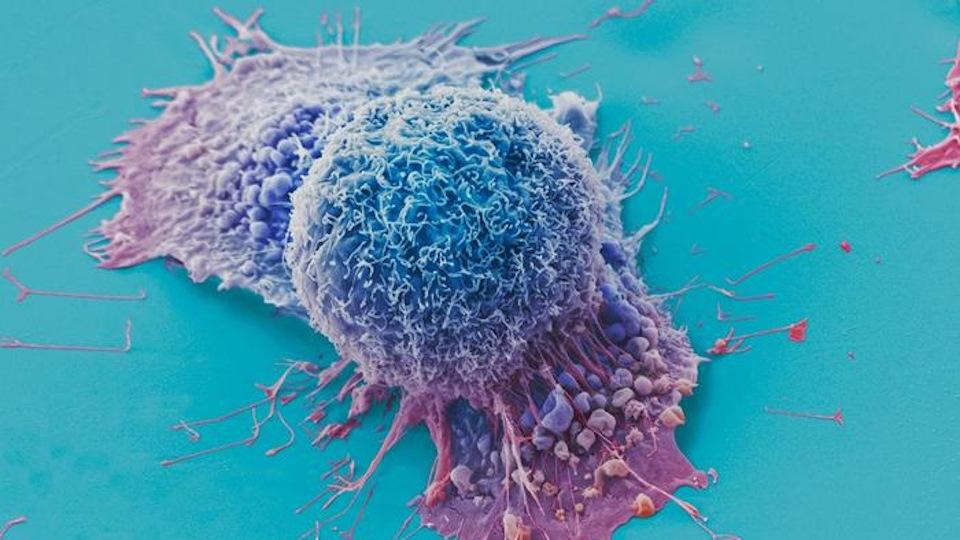Can the quantified self movement be of benefit to clinical trials?

Dr Ekta Sood discusses how the quantified self movement can positively impact on clinical trials and their outcomes, examining how key factors such as multi-parameter monitoring, end-to-end systems and real world data can help streamline trial efficiency, cost and methodology.
Since Gary Wolf and Kevin Kelly brought together a collaboration of users and tool makers with a collective interest in self-knowledge through personal tracking in 2007, the quantified self movement has grown exponentially, integrating into and influencing our everyday lives on a global scale. Now, the quantified self has moved beyond vested personal interests of people getting meaning out of their personal data to having the potential to revolutionise the pharmaceutical and healthcare markets. The tracking and monitoring of data for personal health management is starting to move to clinical trials. Hugely complex data sets can be processed in their thousands during drug development; comparable to the bioinformatics revolution seen in the discovery phase over the last few years. From this perspective how much can the quantified self movement benefit clinical trials?
Pharma is currently facing an all-time high demand for quicker patient access to new treatments. At the same time, companies are trying to streamline clinical-trial efficiency, all during the current economic climate and following the well-documented patent cliff. On top of the financial pressure clinical trials place on the drug development process and growing patient demand, the safety of trial patients remains paramount. In recent years, the organisation of clinical trials has faced an increase in regulatory challenges. However, the rate of drug development has not matched this increase. The rise of health technology assessments is driving change to prove the effectiveness of drugs in real people in real environments.
The productivity and safety challenges pharma face are areas that can be addressed through the integration of mobile health technology and ambulatory subject monitoring. The quantified self, or the quantified patient, is something that could potentially revolutionise clinical trials. Though randomised controlled trials (RCTs) have for years been the gold standard of clinical trials, how important is the growing role of real world data for helping to solve the listed challenges confronting the pharmaceutical industry?
The integration of real-time data comes at a low cost compared to RCTs and can help maximise the use of data sets from patients, better replicating the reality of healthcare delivery. Actionable data is universal, and data-sets recorded in trials can be used across the pharmaceutical industry's global market. Real-world clinical data can help support foreign markets and be applied to a number of healthcare systems across the globe.
With the rise of end-to-end systems that can communicate between devices, pharmaceutical companies now have the technology to deal with patient compliance problems and safeguard their welfare. By optimising and embracing technological innovation, clinical trials can then start to deliver valuable improvements in patient safety and data quality. Wireless monitoring devices allow for patients to be sensored around the clock (even whilst asleep), in real-time and retrospectively, to better manage and report adverse events and profile true drug effect in the population and environment it is intended for. There would be a reduction in timescale and subject numbers required for statistical success, and poorly-performing compounds could be removed from study programs earlier in the development process. Sophisticated monitoring and data analytics services can allow for more usable and actionable data sets with less patient impact, improving trial outcome without impacting on cost for the companies.
Real-world data and innovative technologies can also have the same impact in the healthcare industry. By using real-world data, clinical trials can better reflect the reality of how healthcare is delivered, addressing the needs of clinical practise in the development stages of new medicines. Real-world data allows trial outcomes and successes to be measured by relative evidence-based research, demonstrating developing medicines value to healthcare providers at an early stage. The ability to create pathways of care through accurate data and research can help bring pharma and healthcare closer together. The data gathered at the early research phases of the drug development cycle can be used to demonstrate to patients and healthcare providers the advantages, safety and value of the drug. Just as multi-parameter monitoring of patients can improve safety of clinical trials, it can do the same thing in healthcare, allowing patients to receive the same quality of care and safety assurance outside of the clinical environment. Real-world data and technology can bring together the pharma and healthcare industries to drive the best outcomes for both parties with an agreed purpose.
The opportunity for how real-world data and monitoring can benefit clinical trials seems limitless. AstraZeneca has already embraced new technologies, having purchased Moderna mRNA Drugs for faster resolutions to speed up the discovery process. The question isn't a matter of when, but of how quickly the rest of the market decides to follow suit.
The quantified self movement can not only substantially reduce clinical trial time frames, with less subject duplication and at a greatly reduced cost, but crucially bridge the gap between pharma and healthcare, addressing the needs of both. We have already seen the influence on other markets, such as the military, where American forces have been deploying end-to-end monitoring systems to not only protect the welfare of their soldiers, but also maximise individual and group performance. Seeing the effect sophisticated monitoring systems have had on the military industry, is it time for the pharmaceutical industry to realise the potential impact the quantified self could have on clinical trials?
About the author:
For more information on Equivital visit http://www.equivital.co.uk/ and follow the Twitter page @Equivital.
Closing thought: How much can the quantified self movement benefit clinical trials?












